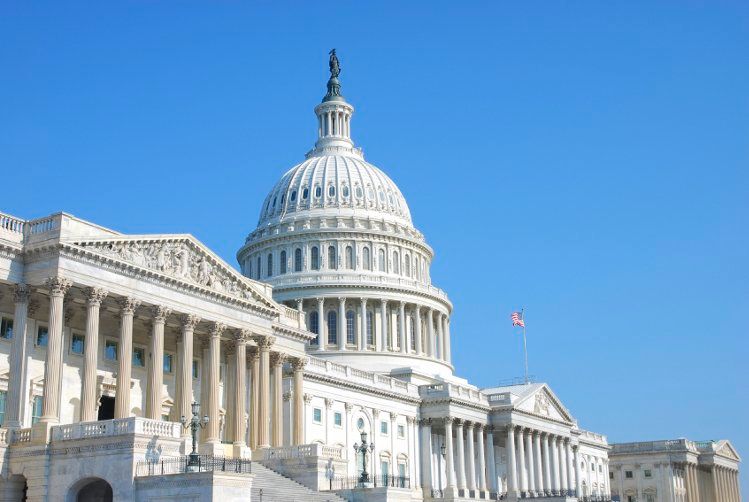Article
MGMA 2022: Washington update for physicians
Author(s):

While the main thrust of health care is the physician-patient relationship, the decisions of lawmakers in Congress shape the contours of that relationship.
To give insight into how this may play out, Anders Gilberg, senior vice president of government affairs for the Medical Group Management Association, gave this update as part of the organization’s Medical Practice Excellence Leaders Conference in Boston.
The following transcript has been edited for clarity and space.
On prior authorizations
Well, this is the most burdensome issue that we hear every year from MGMA members, when we do a regulatory burden survey.
Because commercial insurance is largely regulated at state level, the way we’re working on this issue at the federal level is addressing it from the Medicare Advantage space. We've been working on legislation called the Improving Seniors Timely Access to Care Act, and this legislation would implement requirements for (Medicare Advantage) plans to support electronic prior authorization, more real time prior authorization, and to make more information available to be more transparent about what is or isn't going to be subject to prior authorization.
So, the good news is this legislation has generated over 150 co-sponsors in Congress and we have 300 supporting major health care organizations. We even have what's called the Better Medicare Alliance, which is the association that represents Medicare Advantage plans; they've even gotten on board and signed on to it.
The good news is that this passed the House of Representatives just a few weeks ago (and now) it's in the Senate. And we're looking forward to continuing to advocate (for it).
On telehealth
So, there was very little telehealth (covered by) Medicare, but when the pandemic hit and the public health emergency was issued, then all of those restrictions on telehealth for Medicare program were waived. We had a situation in which telehealth was covered and the originating site rules were suspended and it was covered beyond the rural areas. It was a lifesaver for practices, especially around that April 2020 timeframe, in which MGMA was measuring the volume of patients coming into practices as well as the revenues of practice.
These telehealth policies have remained through the public health emergency. When the public health emergency ends, then all of those the restrictions that had been lifted will come back into place if nothing has been done. (The Health and Human Services Secretary) has said he would notify the governors and others 60 days prior to when the government will let the public health emergency lapse.
(The $1.5 trillion omnibus spending bill passed this year included provisions to) allow the continuation of these telehealth policies for 151 days after the expiration of the public health emergency. So, after that period then the (rules on telehealth) will revert back if Congress doesn't act.
I read these articles on telehealth saying that the cat’s out of the bag, the horse’s out of the barn, you know, but the fact of the matter is to the federal government who are dealing with federal programs that are near bankruptcy they don't want to expand the volume under Medicare spending.
My prediction is that we'll get a hybrid approach 151 days after the public health emergency is lifted. These are some of the things we're asking for: preserve the patient-physician relationship, remove that geographic restriction so we can do it outside of rural settings, address the issue of audio-only visits, so there is reimbursement for some audio only visits.





